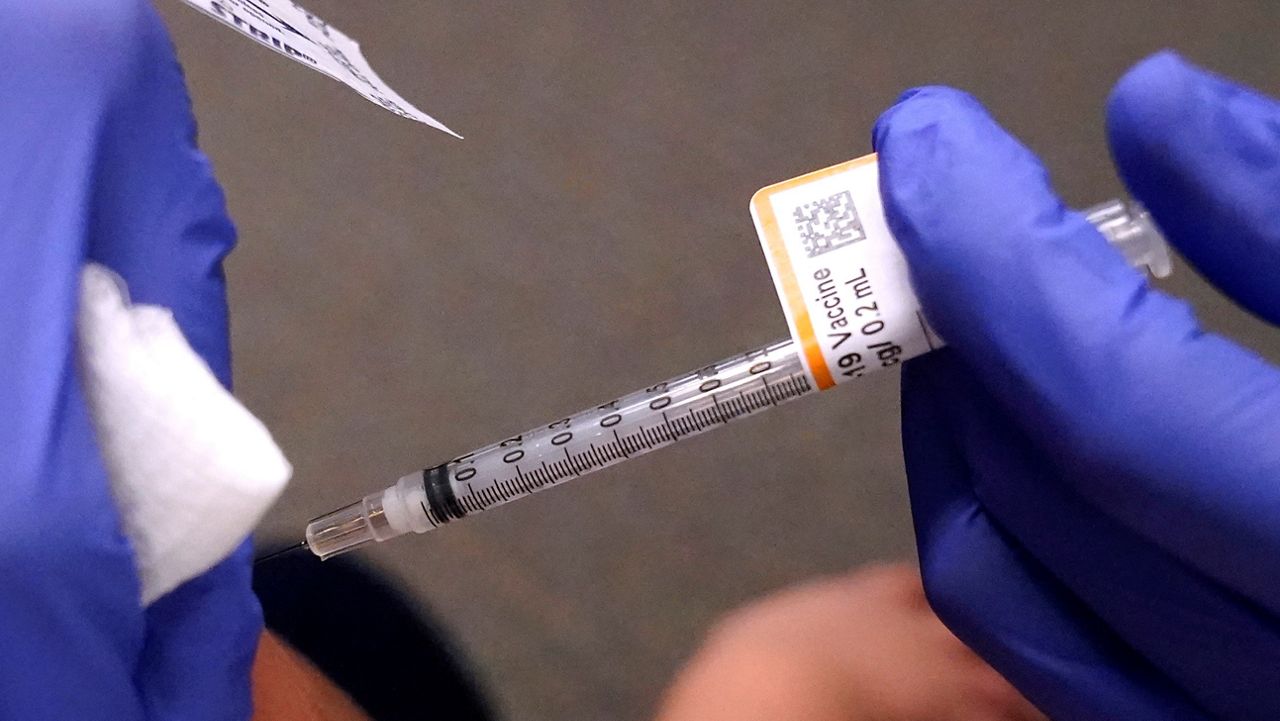Ohio Department of Health Director Bruce Vanderhoff is warning Ohioans against complacency with COVID-19, as the disease remains to cause hospitalizations and deaths across the state.
Despite the decrease in case levels since the pandemic’s peak, an average of 35 Ohioans continue to die from the virus each week. In Ohio, the COVID-19 death toll is nearing 1,000 (958 as of October 23), with more than 6,000 (6,266) hospitalizations reported this year.
“COVID-19 has not gone away, and it remains a very real threat,” Vanderhoff said. “The virus continues to evolve and can cause severe illness or death, particularly among those who are unvaccinated. As a state, we need to take caution to not let our guard down.”
The Centers for Disease Control and Prevention (CDC) is urging everyone 6 months and older to receive the updated 2024-25 COVID-19 shot this fall and winter to protect against severe COVID, in addition to their annual flu shot.
Ongoing data shows that vaccination decreases the risk of COVID-19 infection, hospitalization and mortality. It also can reduce the risk of developing “long COVID,” a condition that consists of serious symptoms that can persist for months or even years following infection.
“With colder weather and the holiday season fast approaching, getting vaccinated is as important as ever, especially as we look forward to indoor gatherings with friends and loved ones,” said Vanderhoff. “This is particularly true for those ages 65 or older, as well as those who are immunocompromised or have certain chronic health conditions, as they are at greater risk.”
A recent study emphasizes the importance of preventing COVID-19 infection. According to a recent study in the Journal of the American Medical Association’s Network Open, researchers from Case Western University in Ohio discovered that teenagers and adolescents had a significantly higher chance of being diagnosed with type 2 diabetes within six months of contracting COVID-19, in comparison to those of the same age diagnosed with different respiratory infections.
Previous studies have found a similar association between COVID and type 2 diabetes in adults.
Healthcare providers and pharmacies are currently providing vaccines. The Vaccines for Children (VFC) program is offering COVID-19 vaccines to uninsured or underinsured children and the CDC is funding vaccines for uninsured adults or those with inadequate insurance.



